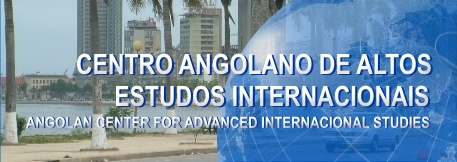![]()
|
|
 |
|
|
|
|
|
|
|
|
|
|
THE PROVINCE OF LUNDA NORTE
Population, according to figures released by the provincial government's Office of Studies and Planning, the total population is estimated at 609,919 (1994). The studies show that the greatest populational density in the province is in XáMuteba (113, 522), followed by Chitato (89,821) and Lucapa (70,886).
Fishing using traditional methods is practised mainly in the village of Lovua, in the municipality of Chitato, in the villages of Xa-Cassau and Capaia, in the municipality of Lucapa and in Caluango, in the municipality of Cuilo. Traditionally rudimentary methods are used to catch the fish, however, this activity was affected by the many years of war and is less common nowadays.
|
|
|
|||||||
|
|